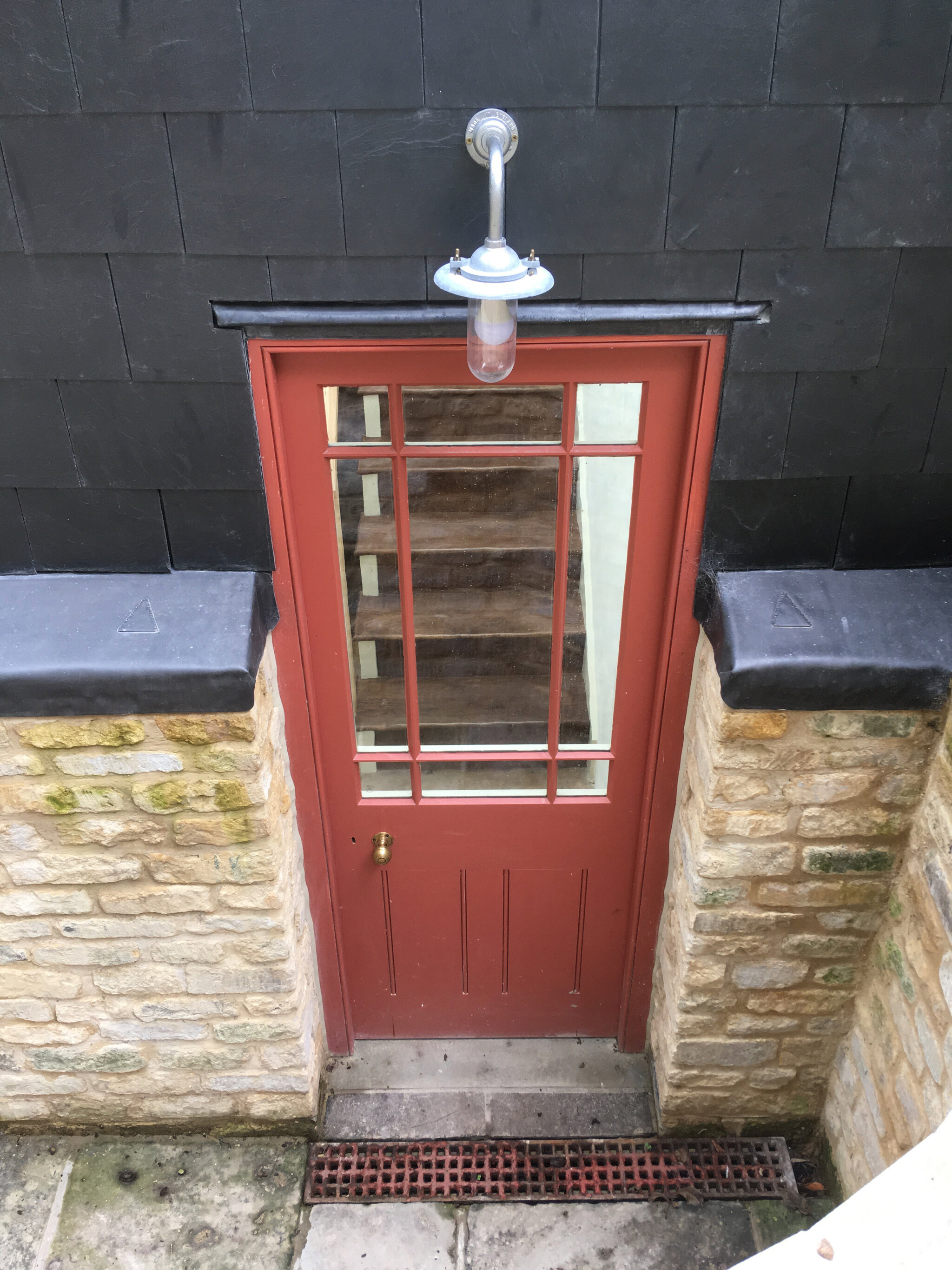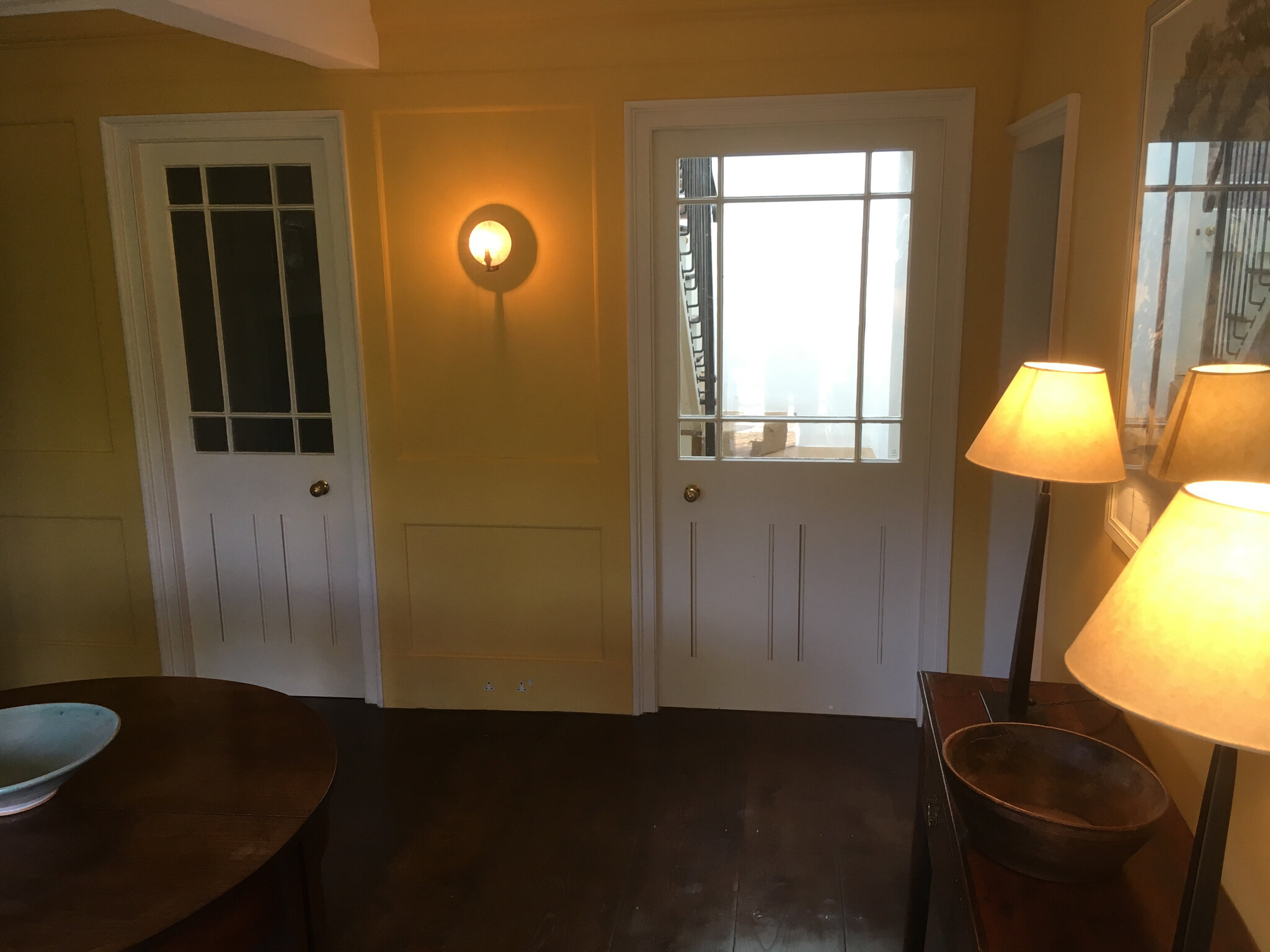
Building in lime
Buildings erected prior to the First World War are almost always constructed with the use of lime based materials. Prior to the introduction of damp proof courses, cement renders and insulated cavity walls, there was an expectation that buildings would be interactive with seasonal and climatic changes, not hermetically sealed from them.
Lime mortars and plasters, lime harling and lime wash allow a building to “breathe”. There is a softness about them, both physical and aesthetic, that is always appealing. These are also some of the most sustainable and eco-friendly building materials available. Careful use of lime and chalk based materials most often overcomes the challenges of dampness and condensation so often associated with historic construction.
Here are some of the projects where we have used lime washes, lime pointing, lime harling (rough cast) and renders.
Building with timber
Timber construction is one of the most environmentally friendly building methods. By embedding carbon within the building, it contributes to the reduction of atmospheric C02. Timber framing (walls and ceilings) almost always contributes positively to the overall appeal of a building.
Windows, doors, shutters
In many vernacular buildings, windows and doors are their most conspicuous and defining features. Sadly, since the advent of uPVC and double glazing, historical and aesthetically important windows and doors have been consigned to landfill. Each project that I have worked on has involved the replacement of unsightly modern windows. The introduction of slim profile “conservation” double glazing has made it possible in some instances, to increase the thermal efficiency of historic buildings without the loss of period detail. Most often, the design and fitting of new windows and doors is an opportunity to improve both the aesthetic of a building and also its thermal efficiency.
For centuries, internal wooden shutters, both surface mounted and framed have helped to keep buildings warm and draft free. They can significantly contribute to the thermal efficiency of a building and can be a simple and elegant solution to for privacy.








































